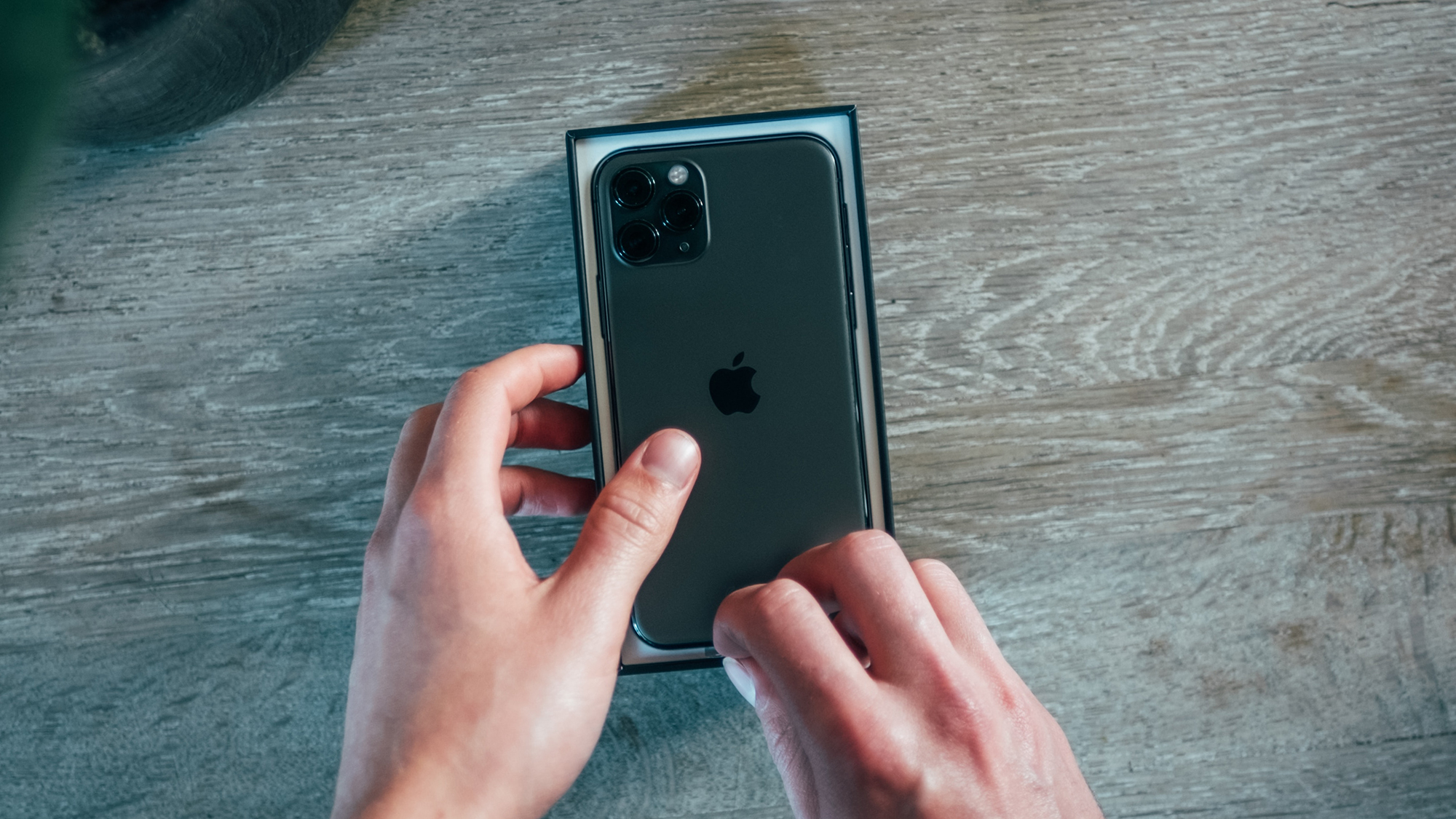

You can’t deny the thrill of unboxing a brand new gadget, but sticking to factory-fresh tech every time isn’t cheap. Buying second-hand electronics, on the other hand, can save you a significant amount of cash and is a lot kinder to the environment.
Whether you’re buying used phones or used laptops, you may have valid concerns about the quality and lifespan of your purchase. Fortunately, some common sense precautions can ensure that your previously owned gadgets serve you well for years to come.
No matter what kind of tech you’re in the market for, the rules of engagement are more or less the same when it comes to minimizing the risk of ending up with a dud. Read on to familiarize yourself with them and start enjoying big savings.
Check the seller
What vendor you buy from will depend on how comfortable you are balancing risk and reward. Used gadget sales backed by major companies are a safer bet. Apple’s refurbished program, for example, guarantees brand-new batteries, bundled accessories, and the standard Apple one-year warranty. But this peace of mind comes at a price, as buying second-hand tech from a big retailer is likely to be more expensive than buying from a random stranger on eBay.
[Related: How to sell your unwanted gadgets for cash]
If you want to go with a name you know, you’ve got quite a few options, including Decluttr, Amazon, and Best Buy. You can also check in with your favorite electronics store or manufacturer website to see what’s available.

Buying second-hand tech from an individual or a smaller company will likely mean cheaper prices and more choices, but less warranties and protections. If you’re happy with that, you can check out sites such as eBay, Swappa, and Facebook Marketplace. All these sites allow you to perform due diligence on the person you’re buying from to find clues of their trustworthiness: you can look at their selling history, the amount of information they give about themselves, and how old their account is.
A useful way of vetting individual sellers is to ask questions about the item you’re interested in. You won’t only learn more about what you’re buying, but how quickly the vendor gets back to you and how they respond should tell you something about them as well. The good news is that the majority of sellers out there aren’t wanting to rip you off: They just want to make some money on older tech.

No matter where you buy from, always check the returns policy and warranty information. Walmart Restored, for example, offers a one-year warranty or 90-day free returns on all purchases. Meanwhile, if you’re buying used on Amazon, you also get a 90-day guarantee on everything.
If you’re buying from individuals, check the listing carefully, and when in doubt, just ask questions—again, this is a good way of weighing up who you’re dealing with. See if they’re able to provide the original receipt and proof of purchase, as the official warranty might still apply.
Check the item
As well as checking the seller carefully, you’ll need to check the product. Start by taking a detailed look at the images provided by the vendor, and don’t be shy about asking for more if you need them. Then, go over the item description meticulously to look for any mention of damage or faults, which should be revealed up front. In particular, you want to know when the gadget was originally purchased and get a good idea of how much it’s been used and what condition it’s in now.
Some checks will be specific to the device you’re interested in. When buying used iPhones, for example, it’s worth asking the seller to check the battery health (under Battery in the iOS Settings). If you’re buying a used video graphics card, ask to see some benchmarks to check on performance, maybe from 3DMark or a game you’re keen on. The more detail you can get, the better.

It’s also worth double-checking what the item comes with in terms of bundled accessories like chargers and headphones. Sellers can often forget to mention this and it can make a difference when comparing or negotiating prices. When buying used tablets, for example, look for mentions of included cases, screen protectors, or keyboard accessories, and see if they’re the official ones or third-party replacements.
Something else to check for is whether or not the gadget comes in its original packaging. This is usually the case with refurbished items, but not so much when you’re dealing with individual sellers. If the original box and accessories are included, it’s more likely that you’re dealing with a genuine product that’s been obtained through legal means—but it’s no guarantee.
[Related: How to set the right price when selling your old tech]
The price of a second-hand gadget is another indication of whether you should be completing this deal. Be wary of anything being sold too cheaply, or that the buyer is trying to get rid of in a rush. Some sites let you search through completed sales on the platform to give you an idea of what an item should be fetching—on eBay, type in the name and details of the product on the search bar and check Sold items in the left-hand pane.
When you find a deal you’re happy with, make sure you follow whatever rules and methods set by the site you’re using. In the case of eBay, for instance, don’t arrange payment or postage outside of the systems the platform has put in place. You’ll actually get warnings if you try swapping email addresses, for example, because if you’re communicating outside of the site, eBay won’t be able to see the messages you’ve sent and received in the event of a dispute, voiding any kind of buyer protection they might have offered.
